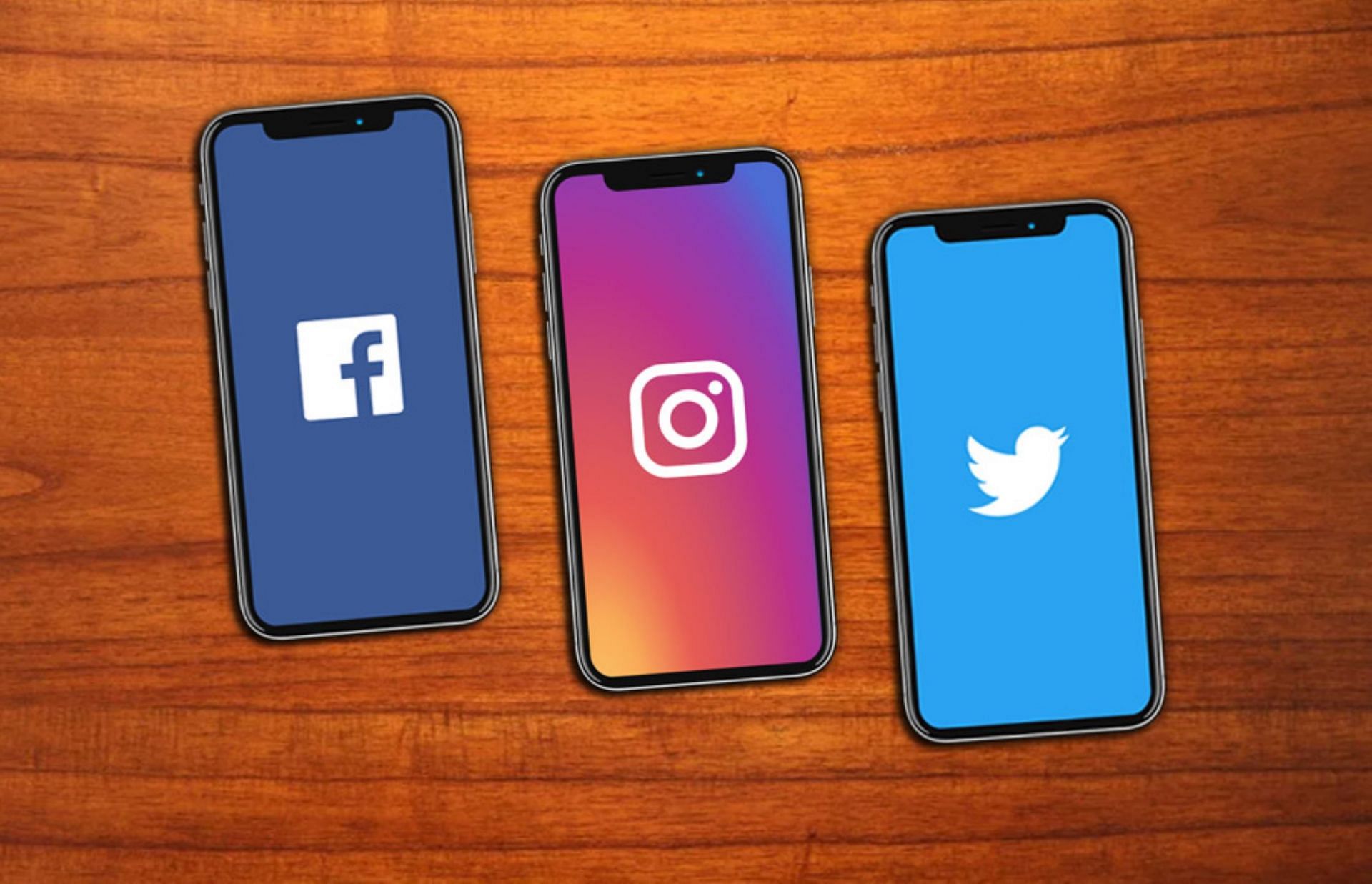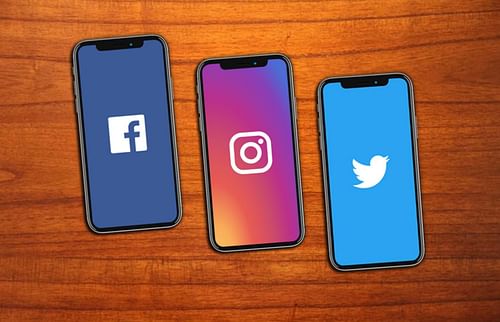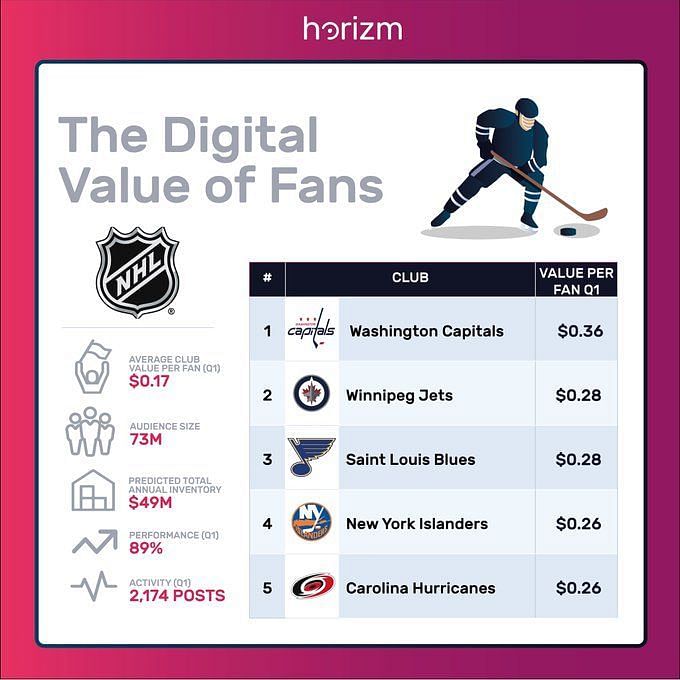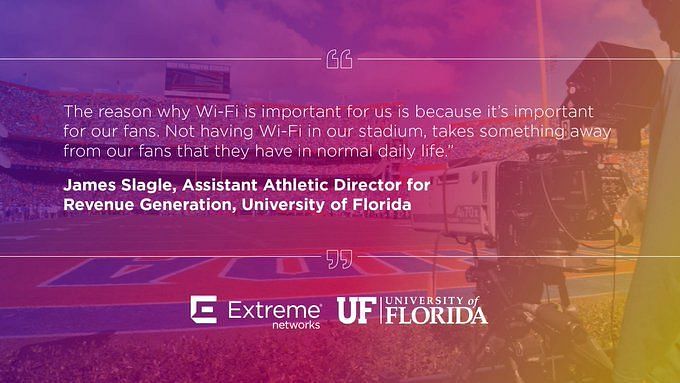
Why sporting clubs need to capitalize on the digital value of fans

Sports are quickly becoming one of the most profitable investments in the world, which are garnering finances due to the kind of audience they are catering to.
Today, fans are the biggest stakeholders in sports. Their engagement with a particular game is going to determine its potential value. Since the onset of the digital age, fans have been ever more involved in their favorite sports, but it is a market that is yet to be explored by some of the biggest sporting clubs in the world.
In this article, we take a look at the big players in the market, the size of the digital space, and how it is yet to be broadly explored.
The digital value of fans
To correctly grasp the digital value of fans, one needs to derive the key metrics or parameters that can provide an approximate understanding of where a particular club is performing well and where it needs to do better in the world of social media.
Currently, the data for Q1 (first quarter) inventory of 2021 is available on a report by Horizm, which will be compared with audience size, value-per-fan and the primary drivers of value – activity levels and post performance. Although there are several social media platforms, Facebook, Twitter and Instagram have been chosen as the primary channels to focus the analysis on.
To put things into perspective, the digital inventory of the world’s top sporting leagues across Facebook, Instagram and Twitter were projected to be worth more than €1.1 billion in 2021. Of this total, the world’s top 20 sports teams by inventory value are projected to account for two thirds, offering €733 million in the same period.
Now let's take a look at which sporting leagues have the highest social audience and their predicted total inventory for 2021 based on an analysis of the data available for Q1.
Audience size of sporting leagues
The Premier League has the largest social media audience in the world, with a viewership of 565 million. It is closely followed by La Liga with an audience of 537 million, while the NBA, Serie A and NFL complete the top five. The NHL (National Hockey League) is 10th on the list, with an audience of 73 million, as it is yet to lodge a global footprint. Major League Baseball is also on this list, in eighth, but that could be down to it being off-season at the time.
Similarly, the Premier League is the top dog for total predicted inventory earnings, with a massive sum of €356 million. To understand the value of its audience, second-placed La Liga and third-placed NBA have a cumulative estimated inventory of €361 million. So the English league is expected to generate almost double of the two leagues, 3.2 times more than the NFL (€109 million) and nearly nine times more than the NHL (€6.3million).
But this can be further delved into through another key parameter.
Value per fan
This new industry metric represents the ability of a league or team to generate value from its digital inventory on a per capita basis. Value per fan is basically derived as total inventory divided by total audience.
In this metric, the story is completely different, and the NHL, which has the 10th-lowest audience and the 10th-lowest predicted inventory, is deriving the highest value per fan at €0.17 in Q1 of 2021.
The Premier League is not far behind, as it has a €0.15 value per fan, followed by the NBA and Serie A, both of whom have a €0.11 value per fan. The MLB is last on the list, with a €0.05 value per fan, which is perhaps again because it was in its off-season.
But what can be ascertained from the size and the subsequent value-per-fan method is that the NHL is the most efficient at generating value from its social audience. To derive how that is possible, we shall take a closer look at their activity levels and post performance.
Activity levels and post performance of sporting leagues
To understand it precisely, let us define the two terms.
Activity levels are the number of posts published in the given period (in this instance, Q1). Performance per post is a quality index that combines engagement rate and impressions rate to determine the average performance of a post, based on the relative size of the audience.
Based on the data available, it is easy to ascertain that the NHL is the only league with high activity levels and performance per post. They are always on the go and their content is also garnering attention from its supporters.
Other sporting entities like the Premier League, Ligue 1, NBA, Serie A, La Liga, and the Bundesliga have high activity levels but do not see a lot of engagement. The MLB and NFL have a more curated and conservative approach, but their performance rates are the highest, which is common as they are in their off-season.
Now let us further classify this by looking at the top clubs and their audience sizes, value per fan and the value drivers.
To look at it objectively, it is fair to say that certain clubs are global brands due to their historic achievements in the past while the others are elite teams but are yet to produce a similar impact on the global stage.
So the classification will be based on:
- Global Brands, which have a combined social media following exceeding 20 million across Facebook, Instagram, Twitter.
- Elite teams, which boast a combined social media following of between 2-20 million across the three primary channels.
Global Brands are composed of European football clubs and NBA franchises while Elite teams have a wider variety of sporting leagues. Regardless, let's get into it.
Audience size of sporting clubs
Global Brands
La Liga behemoths Real Madrid (244 million) and Barcelona (233 million) have the largest social media audiences. Then there is a sudden drop to Manchester United (138 million), followed by Juventus (103 millon) and Chelsea (92 million). The entire top 10 list contains European football clubs, with Liverpool, Bayern Munich, PSG, Arsenal and Man City completing the list.
But that is not the case in terms of their inventory earnings, with Manchester United having an estimated inventory of €106 million in 2021, followed by Barcelona on €101 million and Real Madrid on €91 million. Liverpool and Chelsea close out the top five with estimated inventories of €60 million and €58 million respectively.
Elite Teams
The Elite Teams category comprises more North American clubs, with a few European Football Clubs also in the mix. Their audiences range from €2-20 million, but it is highly fluctuating, courtesy of which it is perhaps better to directly look at their value per fan metric, as that will depict a clearer image of the most efficient elite teams across the three main platforms.
Value per fan of sporting clubs
Global Brands
As was the case for sporting leagues, a larger audience does not guarantee fan engagement. Manchester United is the most efficient club in the Global Brands as they have a value per fan of €0.19 for Q1 of 2021. This is followed by Serie A club Inter Milan, NBA-side Golden State Warriors and Premier League giants Liverpool, all of whom have a value per fan of €0.17. It must also be noted that the LA Lakers are also in the top 10 despite having an inferior audience to the clubs below them.
Real Madrid and Barcelona, who have the highest social media audience, are 13th and ninth on the list respectively, thereby showcasing the untapped market and their inefficency in doing so.
Activity levels and performance of global brands
As expected, Manchester United, Liverpool, Chelsea and Tottenham Hotspur put out a large volume of posts and also saw high interaction from their followers due to their engaging content.
However, it is the Golden State Warriors, LA Lakers, and Inter Milan that have seen the highest performance per post due to their content-driven conservative methods. So, while they do not launch high-level posts daily, what they do put out garners plenty of eyeballs.
While Barcelona do have a high volume of posts, their performance per post is not as high while Real Madrid suffers in the performance department, and they employ a conservative approach as well.
Elite Teams
As mentioned earlier, the bifurcation of the Elite Teams category is far more diverse. NFL side Tampa Bay Buccaneers is the most efficient of the elite teams, with a value per fan of €0.50, which is extremely high and a good sign.
This is followed by La Liga club Athletic Bilbao (€0.35), NFL franchise Buffalo Bills (€0.33), NBA side Brooklyn Nets (€0.32) and NHL team the Washington Capitals (€0.30).
European football clubs like Real Betis, Lazio, West Ham United and Leeds United are also part of this list.
Activity levels and performance of Elite Teams
Yet again, football clubs such as Athletic Bilbao, Real Sociedad and Leicester City have the highest activity levels in Q1 of 2021 and keep regulating content on a consistent basis. But this does not necessarily bring about similar engagement.
That is precisely why the Tampa Bay Buccaneers have the highest post engagement, followed by fellow NFL side Buffalo Bills and Premier League club Leeds United. The Kansas City Chiefs and MLB franchise Los Angeles Dodgers complete the top five owing to their exciting content, although their off-season could be a major reason for their position on the list.
Conclusion
Facebook, Instagram and Twitter are massive social media platforms, and global brands as well as elite teams have a more than reasonable social media following.
The combined total inventory from the world’s top sports leagues, in Q1, on Facebook, Instagram and Twitter, was worth €264 million, with almost half of that value generated on Instagram. Facebook accounted for 36% and Twitter 15%. This is because European football clubs prefer Instagram while American teams have higher activity levels on Facebook and Twitter.
Regardless, one thing that is clear is that activity levels and inventory value have a direct correlation whereas activity and performance have little to none. This simply portrays that those who posted the most didn’t see a decrease in the quality of the content they published.
But at the end of the day, this is a market that is yet to be exploited to its fullest. Spanish clubs such as Real Madrid have a following of more than 200 million across the three platforms, whereas Premier League side Manchester United have about 140 million. But neither series has a sizeable market cap, at €2.4 billion and €4 billion.
Compartively, when we take a look at some tech media entertainment companies, it shows the vast difference. Netflix has a following of 240 million on its platform, but has a market cap of €185 billion. Alternatively, TikTok has an audience of 689 million and enjoys a market cap of €80 billion.
So there is obviously a major gap that needs to be shortened in this market. COVID-19 brought about several challenges to the world of sports, but one area they could have capitalized on — and still could — is the digital space. Sports are driven by fan engagement, but several entities and clubs lack the understanding of the kind of content their fans might enjoy or something that could be built upon.
Commercial partners can also be roped in through this avenue and there are countless opportunities for creating fan engagement activations. The idea of a fan enjoying content from its favorite league or club just by sitting at home was perhaps unthinkable a couple of decades ago, but now that the market has opened up, it is time to exploit it to its fullest.
Then again, it is a marathon and not a race, but sporting institutions need to crack the formula first before stamping their digital footprint on their respective audiences.
In the recent PwC Sports Industry Survey, 82.9% of respondents identified the creation and monetization of digital assets as one of the top opportunities to grow sports revenue. This is a further statistic that is showcasing the kind of response that can be generated from going digital.
The necessary social media platforms are present, as is the following of an audience. The ones that come up with the best content on a daily basis can create a separate source of revenue for themselves and perhaps build on it. Elite teams could become global brands but it could also go the other way round. It is down to them to decide if they want to fall in line with the fast-moving technology or fall by the wayside and wonder how the others got ahead of them.


